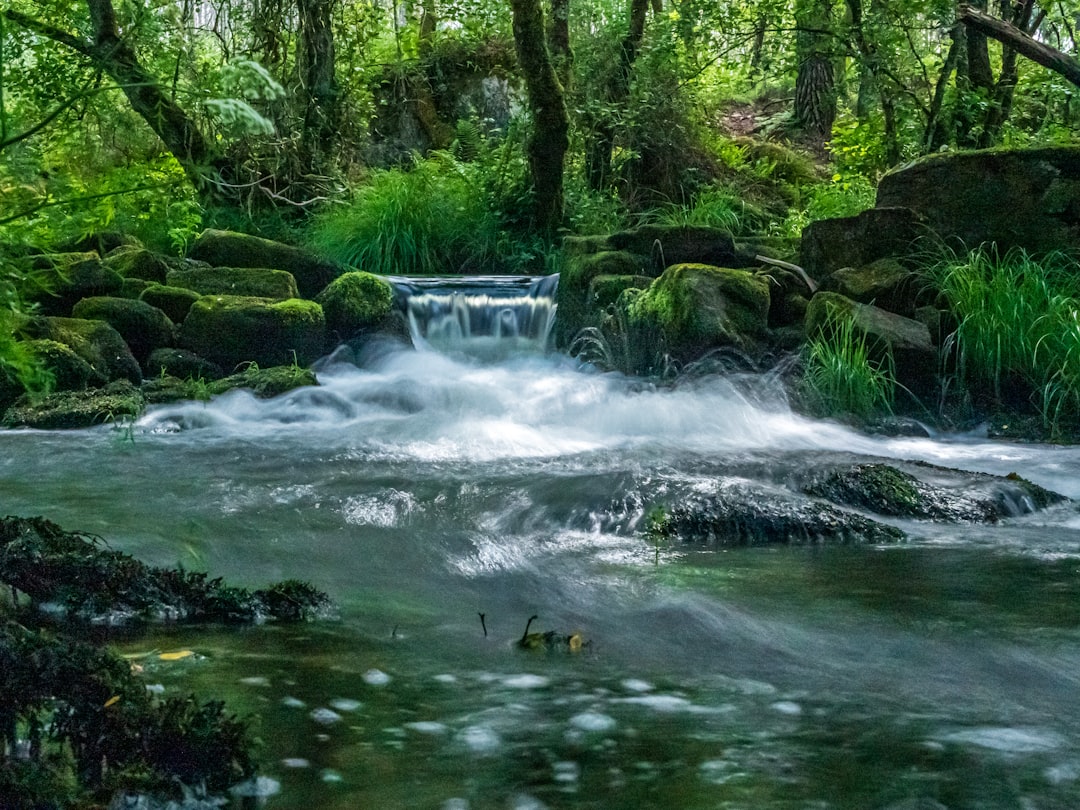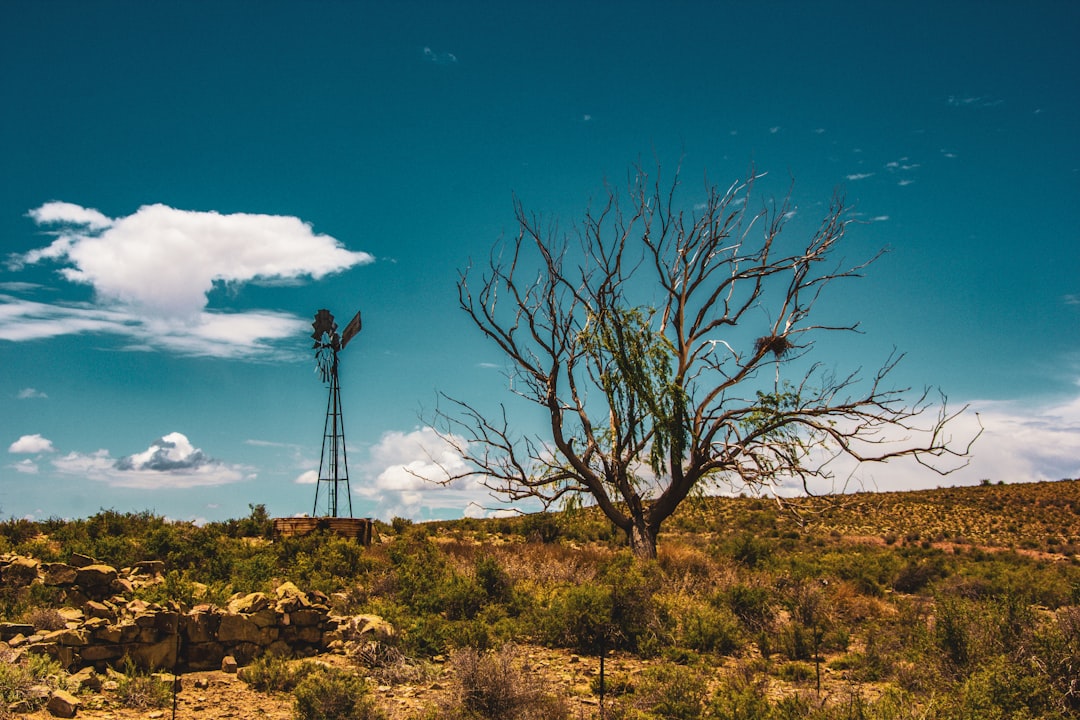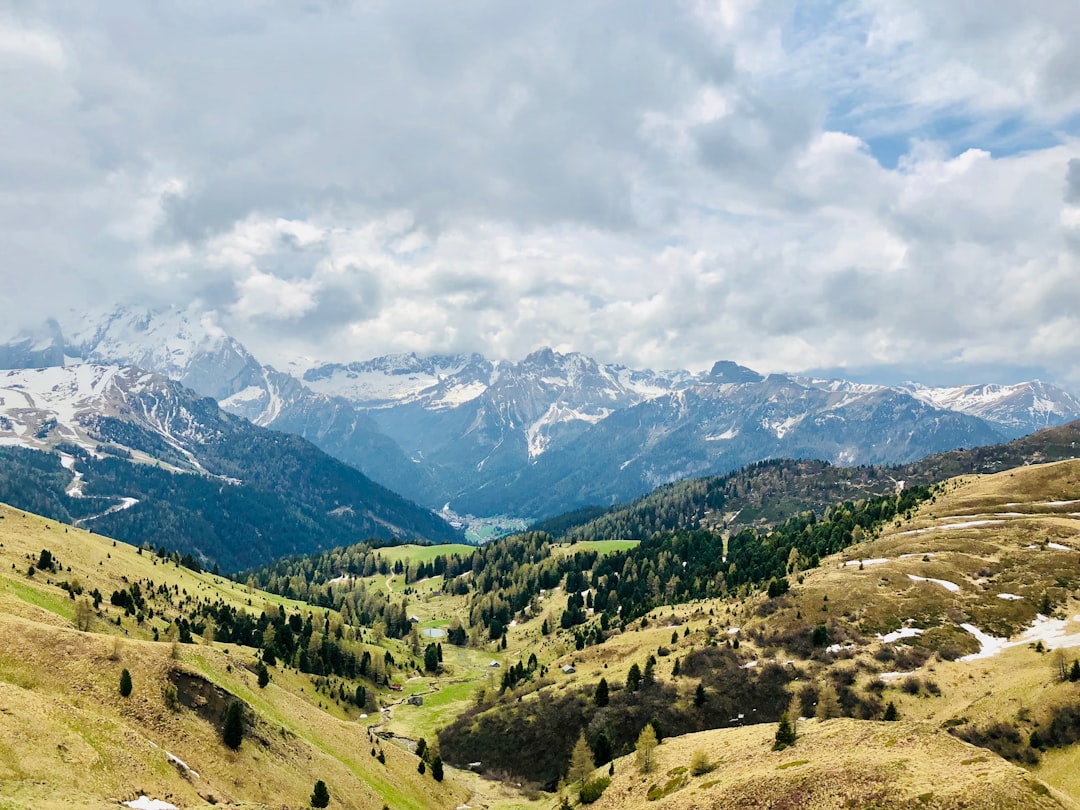What is it about?
We study the 2010 Chile earthquake - the sixth largest earthquake ever recorded. A network of sensitive instruments, known as seismometers, were used to detect vibrations in the ground caused by aftershocks that followed the Chile earthquake. These measurements were used to form a 3D image of the geological fault 30 km beneath Earth's surface. This method works like a hospital CT scan. Our findings allowing earthquake scientists to understand the types of rock lie along quake-prone faults.
Featured Image
Why is it important?
For the first time, our results show how the ancient geological structure above faults which produce some of the world's largest earthquakes can slow down an earthquake rupture. This work is vital for trying to understand how future large quakes in other regions may behave during an earthquake. Such understanding is important for assessing the risk due to ground shaking and tsunamis during large earthquakes.
Read the Original
This page is a summary of: Anatomy of a megathrust: The 2010 M8.8 Maule, Chile earthquake rupture zone imaged using seismic tomography, Earth and Planetary Science Letters, November 2014, Elsevier,
DOI: 10.1016/j.epsl.2014.08.028.
You can read the full text:
Resources
Seismic Speed Bumps Found in Chile's Earthquake Zone | Live Science
Two blobs of dense rock jammed deep beneath Chile's coastline acted like seismic speed bumps during the magnitude-8.8 Maule earthquake in 2010, according to a new study.
Study of Chile earthquake identifies rock structure that affects rupture
Researchers from the University of Liverpool have found an unusual mass of rock deep in the active fault line beneath Chile which influenced the rupture size of a massive earthquake that struck the region in 2010.
Contributors
The following have contributed to this page










